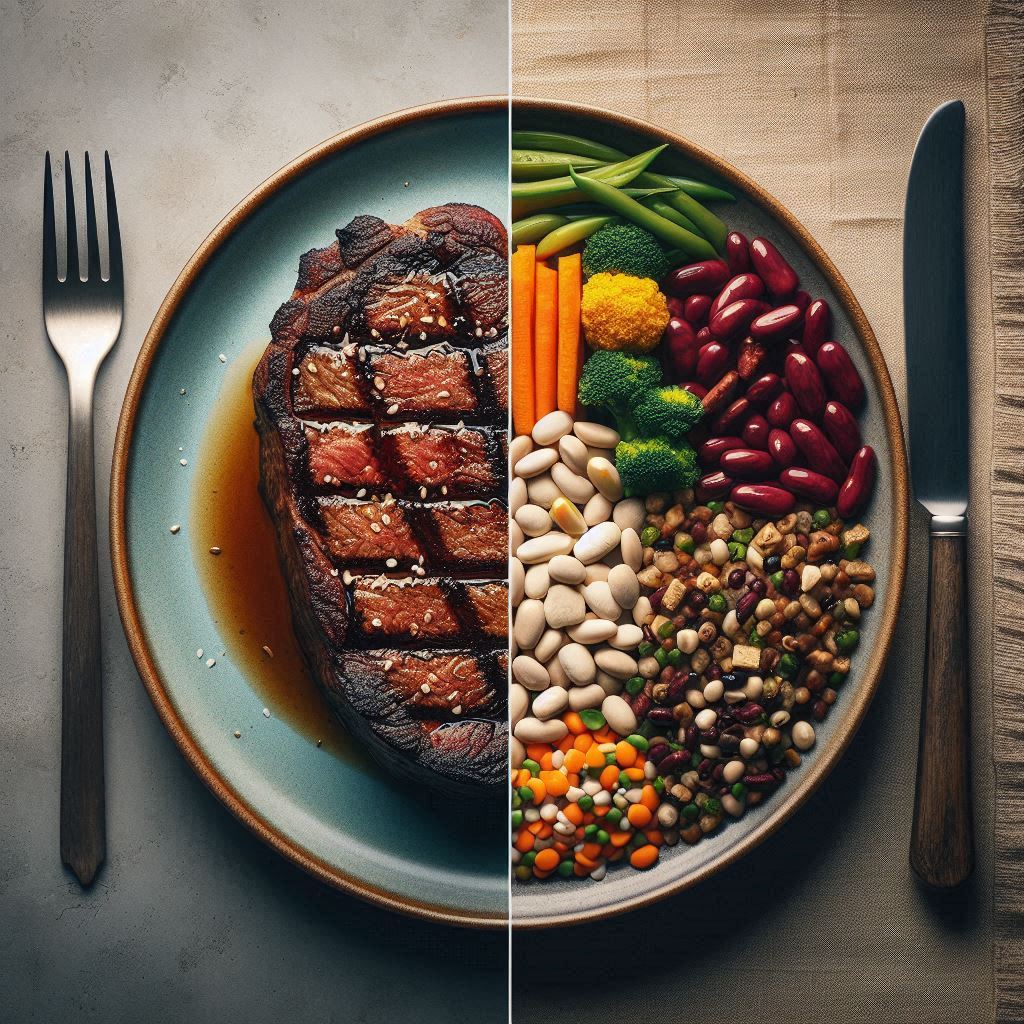Could cutting back on meat reduce your risk of type 2 diabetes (T2D)? A major study suggests it might—and highlights how your choices could impact both your health and the planet.
The Risks of Red and Processed Meat
Eating red and processed meat has been linked to higher risks of T2D, heart disease, and even cancer. Research shows that consuming just two slices of bacon or one sausage daily increases T2D risk by 15%. Even unprocessed red meat carries a 10% higher risk for every 100 grams eaten daily.
Poultry, often considered a healthier option, may also increase T2D risk slightly. While the evidence here is less clear, it’s worth considering alternative protein sources.
Plant-Based Protein for the Win
Switching to plant-based proteins like beans, nuts, and soy could slash your diabetes risk. Replacing one daily serving of red meat with nuts or legumes could lower your risk by 30-41%, depending on the type of meat swapped out. Plant-based diets not only benefit your health but also support environmental sustainability—a win-win for you and the planet.
How Much Meat is Too Much?
Experts recommend limiting red meat to about one serving per week. Grass-fed or organic meat might have a better nutritional profile, but the impact on T2D risk is still unclear. Reducing your intake, regardless of the type, is key.
Small Steps, Big Changes
You don’t need to give up meat entirely. Gradually replacing some of your weekly meat servings with plant-based options can make a big difference. Every small step counts toward better health and a healthier planet.




